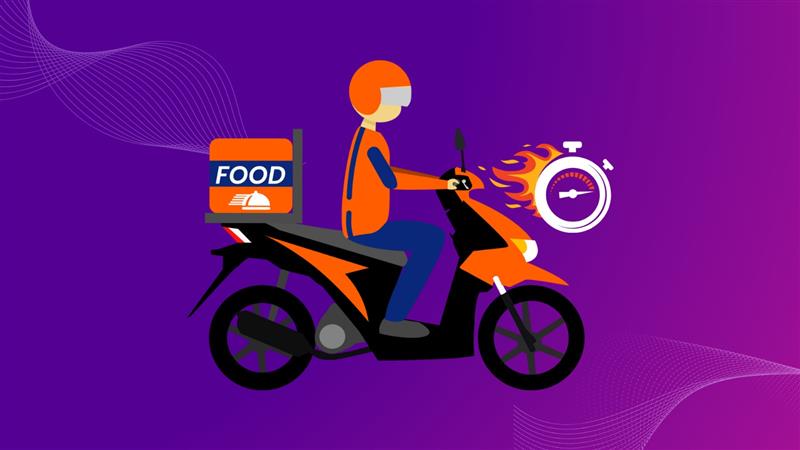Product availability is the key issue for brands looking to expand their presence across the fast-paced E-Commerce landscape. With more funding coming in, Q-com platforms are getting over the issues that hindered their progress so far. With the expansion of new categories that cater to shoppers’ last-minute needs, quick commerce platforms are expanding their horizons. As more and more brands are turning towards quick commerce platforms around the world, they also need to measure and monitor performance across platforms and geographies.
Let’s dive deeper and assess the core issues that brands face on quick commerce platforms and how they can overcome such challenges and boost efficiency across platforms.
Table of Contents
ToggleDifferent Quick Commerce Platforms Pose Different Challenges
Every quick commerce or e-commerce platform has its own set of challenges, with different requirements and regulations for brands to optimize product pages and boost their share of search. Here are some of the key challenges that are roadblocks to brands’ success.
1. Optimizing Product Page Across Quick Commerce Platforms
On e-commerce platforms like Amazon and Flipkart perfect page analysis is key for brands to understand what’s working on one platform and not working on the other or vice-versa. eCommerce Competitive analysis at the platform level helps enhance performance on the platform. This means keeping up with the content optimization requirements in the title and description across platforms. However, this approach needs to vary based on the platform. On Quick Commerce platforms optimizing the title became critical along with product images with key ingredient details on them as most q-com platforms do not have detailed product pages.
2. Tracking Product Availability in Real-Time Across Quick Commerce Platforms
When a product goes out-of-stock brands for sure lose out to competition as quick commerce users seek rapid fulfillment of their requirements. For example, if a shopper is looking for 5 kg Atta (Flour) and our brand is not available the brand the person generally uses or knows about, the person will simply switch to the next best option and maybe stick to that choice next time. So, the brand not only loses a loyal customer but also loses the shopper’s trust in their brand. This is a very common shopper behavior on quick commerce platforms. The purchase decisions are made quickly based on the best available products along with product pricing and offers.
Another such case is availability across platforms, a shopper looking for a specific product of the brand might search on multiple platforms as well. This means brands must monitor their presence across platforms at the pin-code level and on the platform’s dark stores.
Case Study – How a Beverage Giant Optimized Product Availability Across Q-Com Platforms
A global leader in the beverage industry, in optimizing their performance across platforms and geographies with the Digital Shelf tracker to monitor their products across Africa, the Middle East, and South Asia (AMESA). It mainly focused on enhancing its market presence by monitoring availability which includes
- Brand Availability Trends
- Availability share versus competition
- City-Wise Availability Trends – monthly, weekly, daily, and hourly
- Platform-wise & geography-wise analysis
- Heat map to identify new geography to target
- Tracking Bottlers’ (Sellers) performance
- Maintaining Out-of-Stock product lists & real-time alerts
In October 2023 in the KSA region, product availability on platforms like Quick Market, Carrefour, and Nana stood at 28%, 57%, and 86%, respectively. However, after comprehensive real-time of monitoring stock availability, they were able to identify the gaps and by the end of November, it improved significantly across platforms, soaring to 51%, 100%, and 94% for Quick Market, Carrefour, and Nana, respectively which enhanced their presence across platforms and bolstered their brand reputation.
This significant accomplishment was made possible through a data-driven strategic approach of identifying gaps, implementing real-time monitoring of in-stock and out-of-stock products across platforms, and meticulously tracking the performance of bottlers (sellers) across diverse regions.
Final Thoughts
When products go out of stock it puts every effort that the brand has made to mark their presence on the quick commerce platform to a standstill. The competition is fierce on quick commerce platforms, and the shoppers’ purchase decisions are swift. Brands need to be on their toes and identify new geographies where competition is available, and they are not, and where competition is facing stock-outs to score on every opportunity to become the top choice of the shoppers.
Get in touch with our experts for deeper insights. Reach out to learn more!









